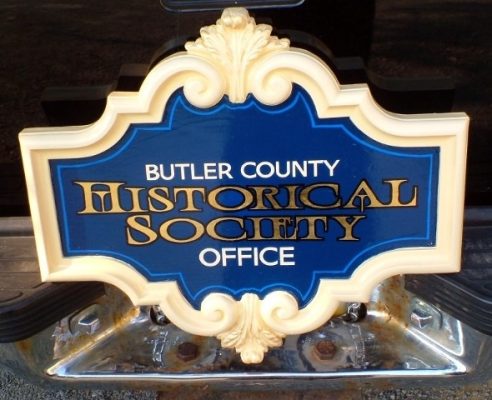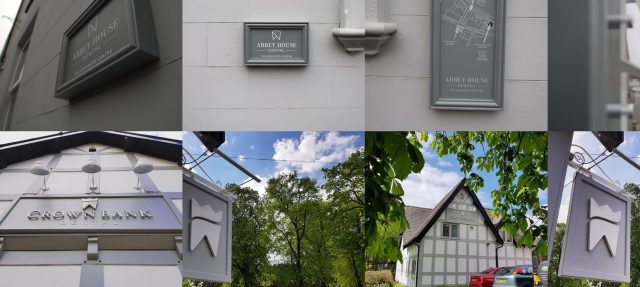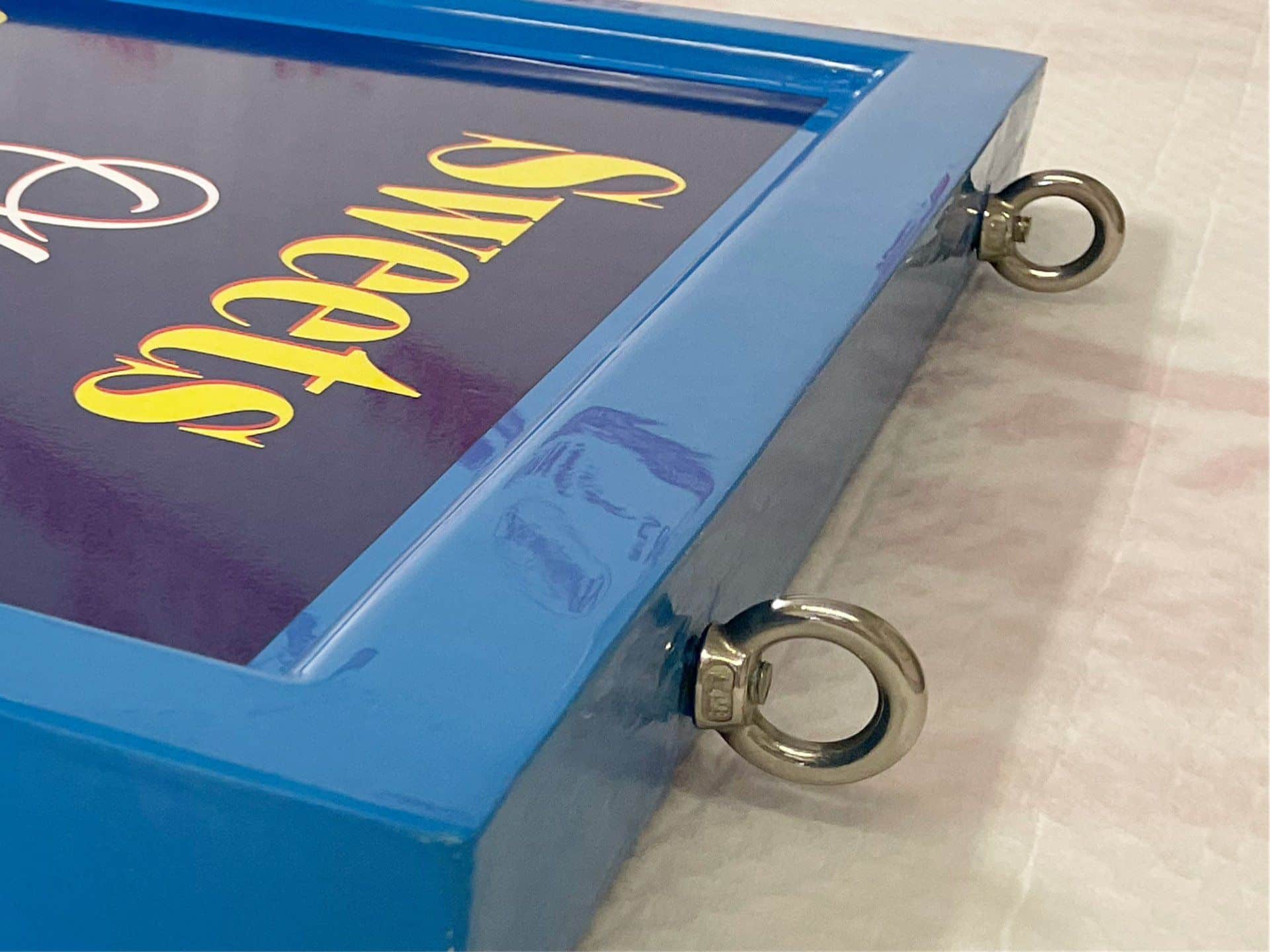Home › Forums › Sign Making Discussions › Traditional › Does anyone know how traditional signage is made?
Tagged: gold-leaf, GRP, hand-painted, hdu, moulded, traditional
-
Does anyone know how traditional signage is made?
Posted by Jamie Kimp on 28 November 2007 at 15:23I have been looking at signs recently and found that a whole small town had one type of sign.
They were traditional-looking and made from a type of resin. I thought they must have been fibreglass.
Does anyone know the process of making these signs? Do you make them from clay, then mould them somehow?
Many Thanks
JJamie Kimp replied 18 years ago 10 Members · 17 Replies -
17 Replies
-
Could it have been a Carvagio HDU Sign Blanks sign blank?
They are made of HDU.
Pricey but very nice.
Here’s one I did this past fall.
Love
Jill -
Try https://www.signmasterplus.co.uk
I use them, and their stuff is great.signmasterplus.co.uk
Fibreglass wall signs, hanging signs, an alternative to wooden signs
Fibreglass signs, hanging signs and pub signs. Huge choice of colours.
-
Hi Jamie,
I used to make glass-reinforced plastic blanks & signs. They are very hard-wearing but not the cheapest option.
As for making your own, “forget it”. You need a plug first (mould to make a mould) then you need to take a mould from that.
Hours of work to get the correct finish. Then, after you have made it, you have to trim with a diamond blade & not forgetting the smell and mess.
If you want to use them, then buy them in.
Also, if you have no experience with laminating GRP, they will turn out awful.
Sorry to be blunt, but don’t go there!
Steve -
Very nice that Jill. I wonder why it makes me think of bats?
-
Probably because there are lots of bats in the attic of the very old house, the sign is mounted at!
I really love the look of those fibreglass sign blanks. I wonder if I can get them over here?
I do know people who carve ornaments and things for signs and make castings of them with a product called Smooth-On.
But it would be a pain to make moulds for big sign blanks.
Love
Jill -
Somehow I always see the negative space rather than the actual signage.
That’s why I see a bat shape! -
When I read this today, I thought the complete opposite of sign blanks and more resin-type moulded letters.
Lots of breweries used this type of solid heavy individual letters on traditional pubs. The letters were made, and gold leaf was applied to them after.
When I do signing tours around the UK, I often see these in country pubs.
Looks much better than the vacuum-formed acrylic letters we see all over the place today.
anyway.
I’m probably wrong and you lot are right! But I thought I would mention it anyway. -
This is something I been trying to find out about, anyone here share the process of how the GRP process works?
-
Incidentally its something Ive been looking into, moulded signs.
will let you know how I get on, I had to make an oak framed sign the other day, raw oak, mitred and sanded, joined together, stained, screw holes filled with wood stopper etc then have to mount the sign into it and then fill and sand again, fill any minute gaps you may have and then hang it on the bracket.
A moulded resin sign would have taken hours of work out it and had a perfect finish apart from the paint from the off.
There are a few materials you could consider and I am going to play with a few.
Will post any news I have -
Hi guys
I used to make GRP blanks & signs and have been following this thread, and I see that there are quite a few interested in the manufacture of them.This is how they are made:
- First, you need a mould to lay the fibreglass on.
- It needs to be a negative mould, i.e. the opposite of the product you want.
- The finish on the mould needs to be perfect; any slight scratch, chip or marking in the surface will be reproduced on every piece that comes out of the mould.
- Polish the mould (Wax polish works well).
- You then paint on a coat of gel-coat, which is mixed with a hardener and allow it to cure.
- Next, you paint resin with hardener all over, then lay a layer of Glass fibre matting, then more resin onto that, building layers up to the strength required.
- Layers need to be rolled with a fluted, washer or brush roller to get trapped air out from within the mat.
- This then cures.
- Once released from the mould, the blank is then ready for trimming or fixings.
This is an abbreviated process cos it’s late and time for bed.
Steve -
I used to make masks & models of things a couple of years ago, just as a hobby and to see if I could; it’s the same process really.
- I made the model from poly clay (plasticene)
- Covered it with fine plaster, left it to set.
- Remove the clay and then pour in latex into the plaster mould, build this up to the required thickness.
- Once it’s dry, pull it out, and you have the mask.
We made some quite nice stuff like that, we just got busy with the sign side of things and havent had time to make any more of it, it was fun though, and Ive still got all the stuff, so might have another go!
-
Surely using GRP is only viable for producing multiples because to have to make a mould for each shape?
Unless you were going to sell quite a few, I can’t imagine it’s worth setting up.
It might take the profit from 5 sales just to pay for a single mould?
The ready-made ones are certainly not cheap, but there is a wide choice and absolutely ready to go. -
Oh, I didn’t mean to transfer the process of what I did to making moulds, I was just saying it’s a similar process to what I was doing.
GRP is the best way to go, I agree.
Unless you own a CNC router and can make them from wood, you can’t beat that in my book, unless you can hand carve -
I don’t have a link, the signs from a company for aluminium faces and aluminium extrusion mouldings, and he can also do curves.
They mainly do pub work, and I get the V-section resin letters from https://www.metalline.co.uk
metalline.co.uk
Metalline | Architectural Metalwork & Fabrication Specialists
With over 30 years experience, Metalline have successfully developed into one of the leading UK fabricators of specialist Architectural Metalwork.
-
One of the reasons GRP is so good is that you can have it pre-coloured, so there is no painting, spraying, the finish never flakes or peels, and it can be as good twenty years on with a bit of cleaning.
However, like Peter mentioned, it is not economical to make a mould to take one out of; you would need to sell quite a few.
Of course, you can buy one and take a mould of that, which saves making your own, but that’s a bit cheeky!Steve
Log in to reply.






